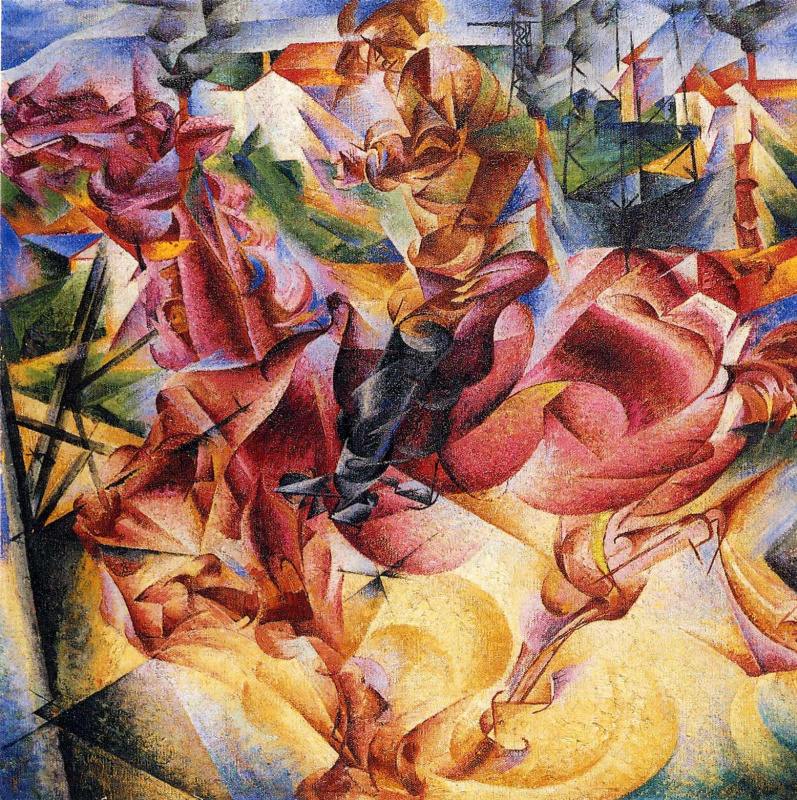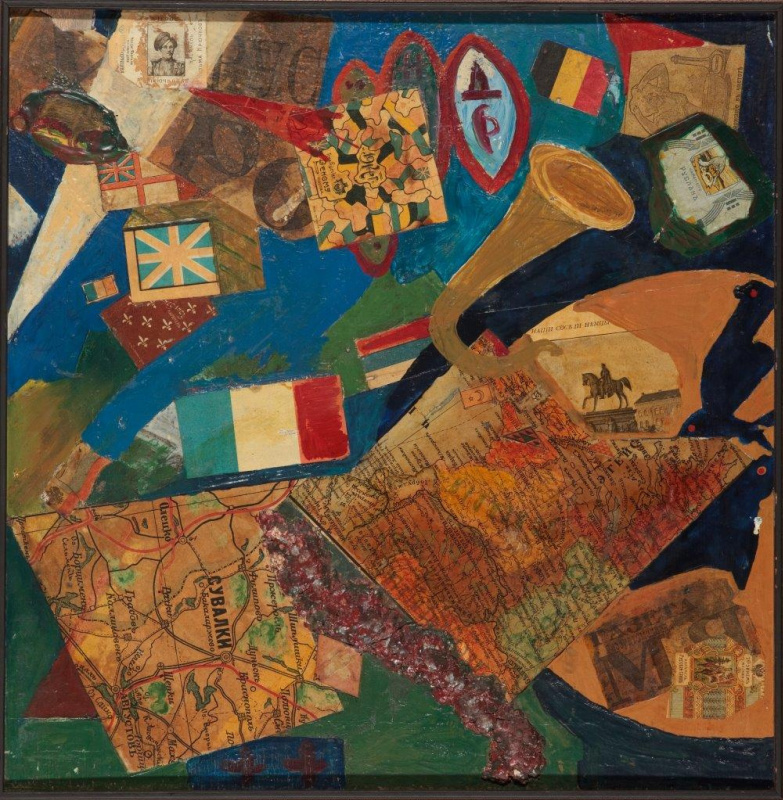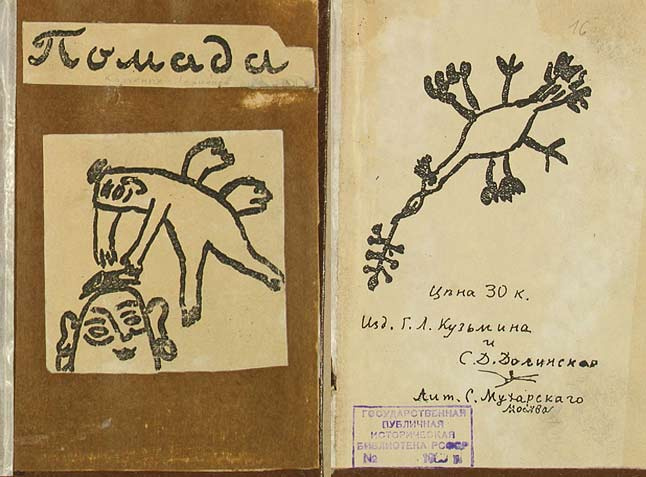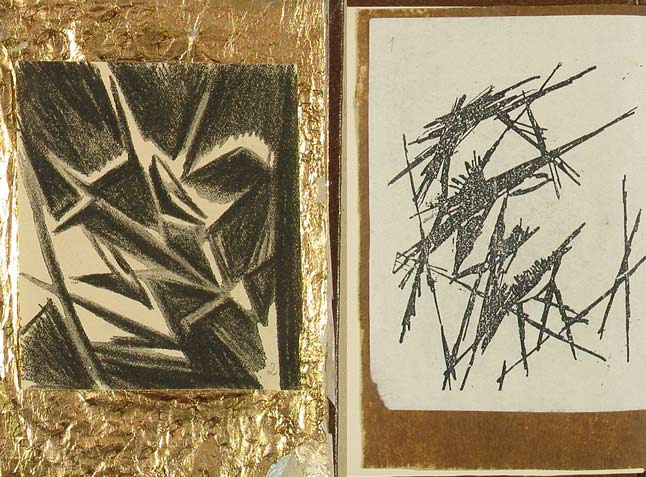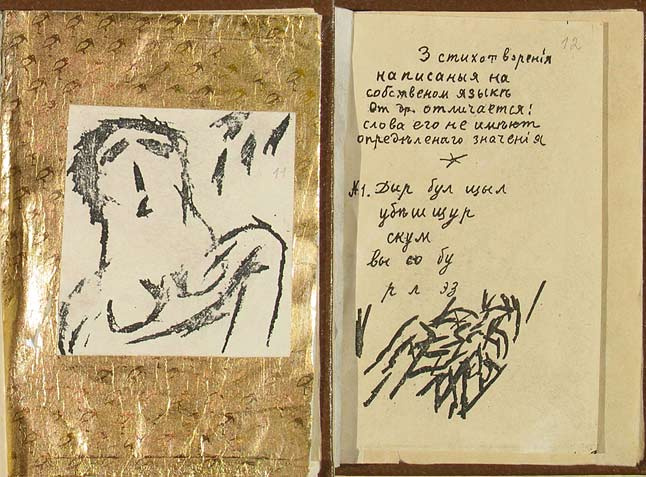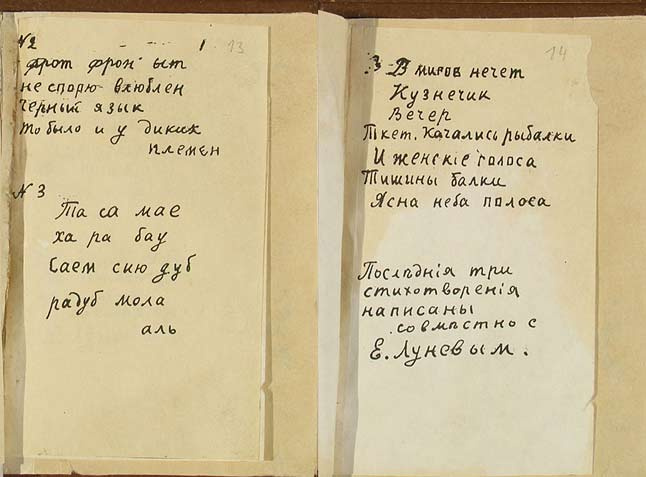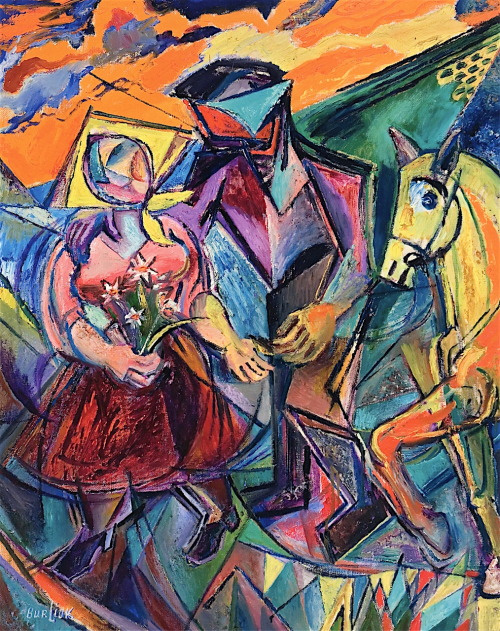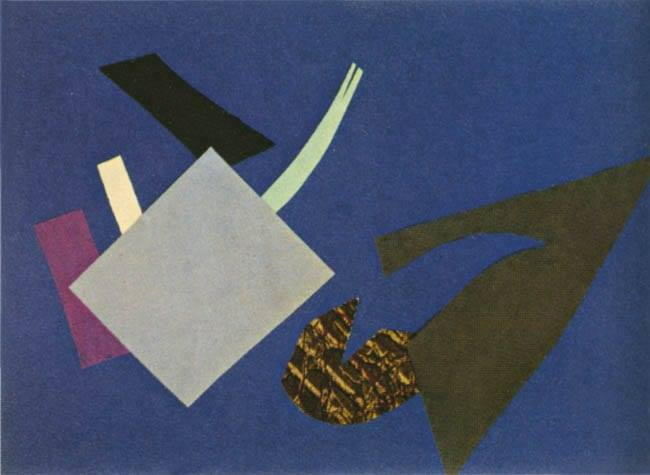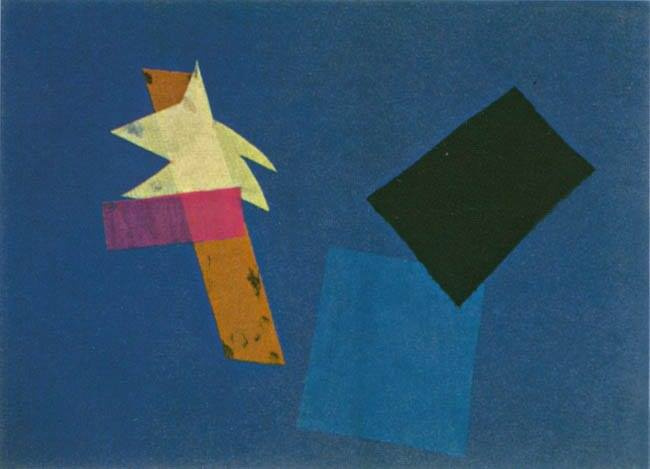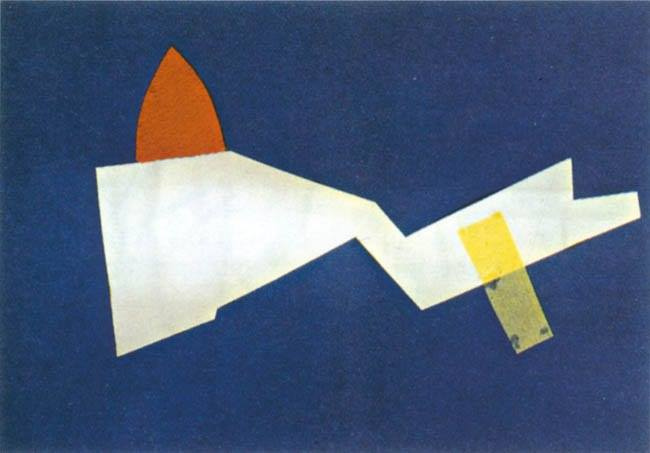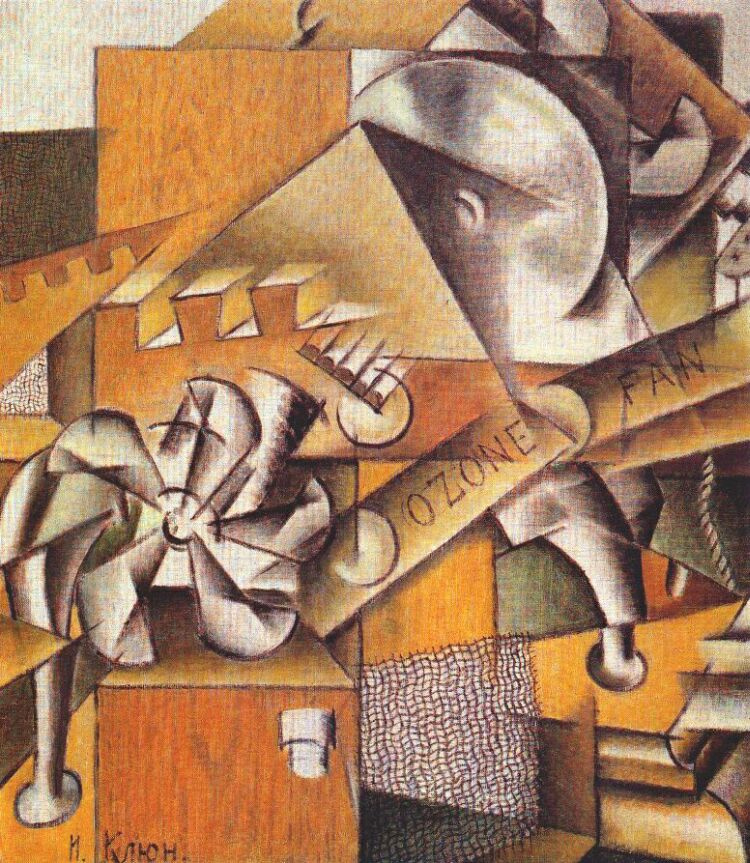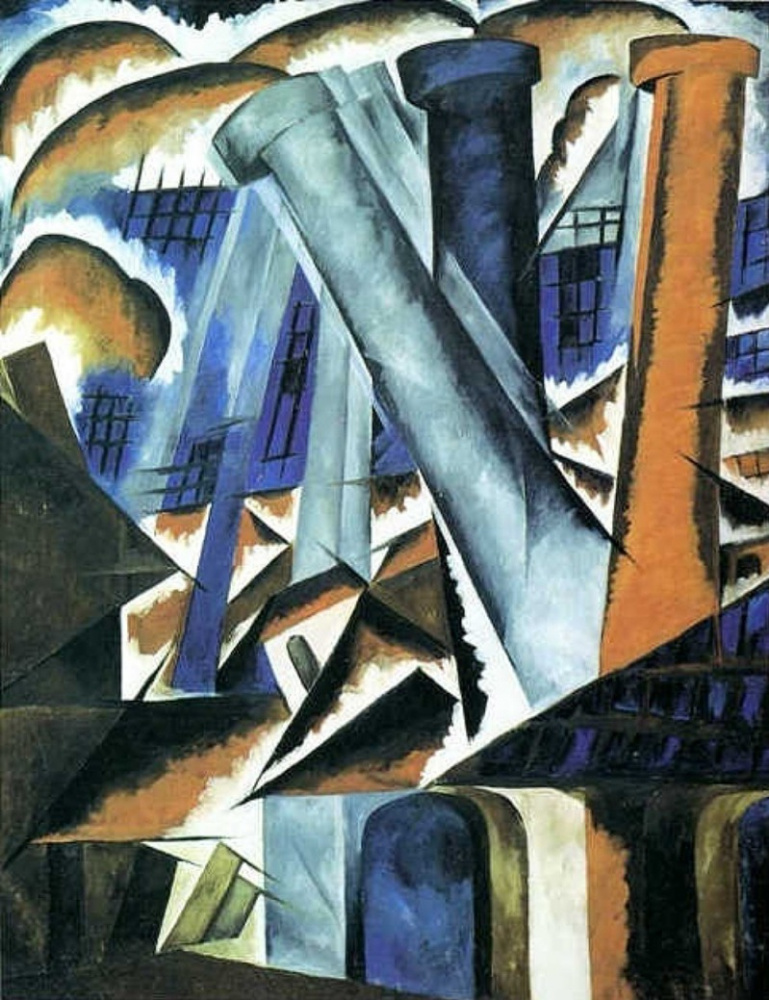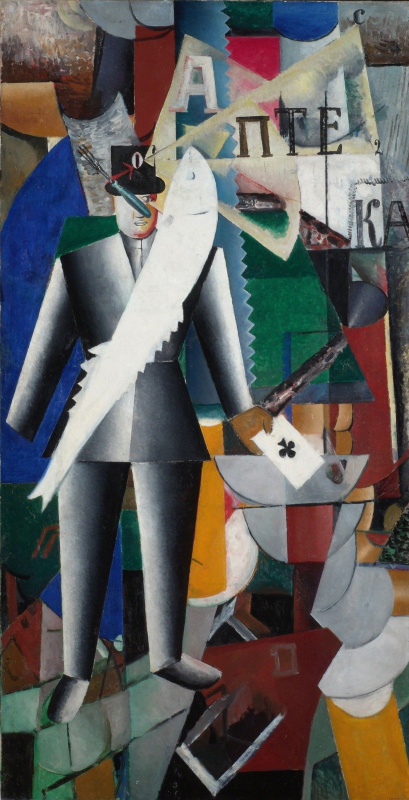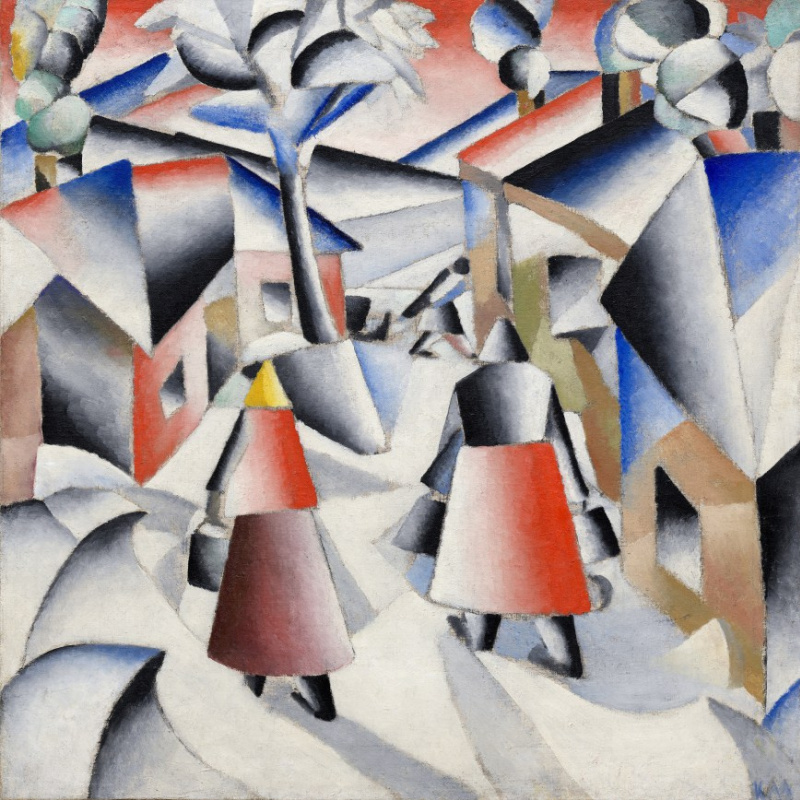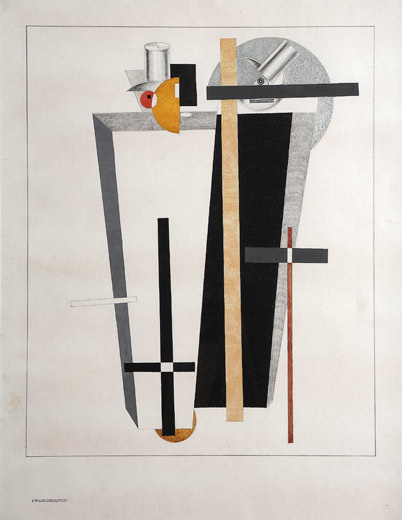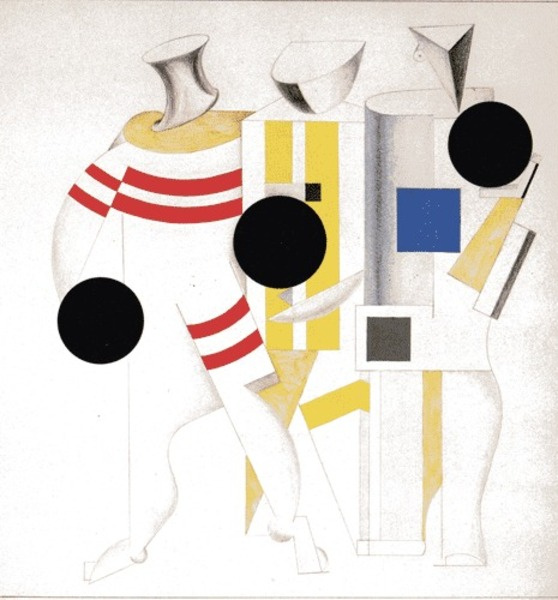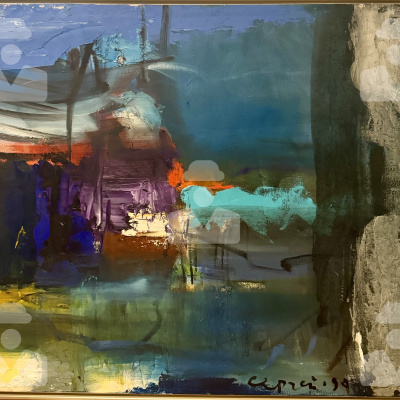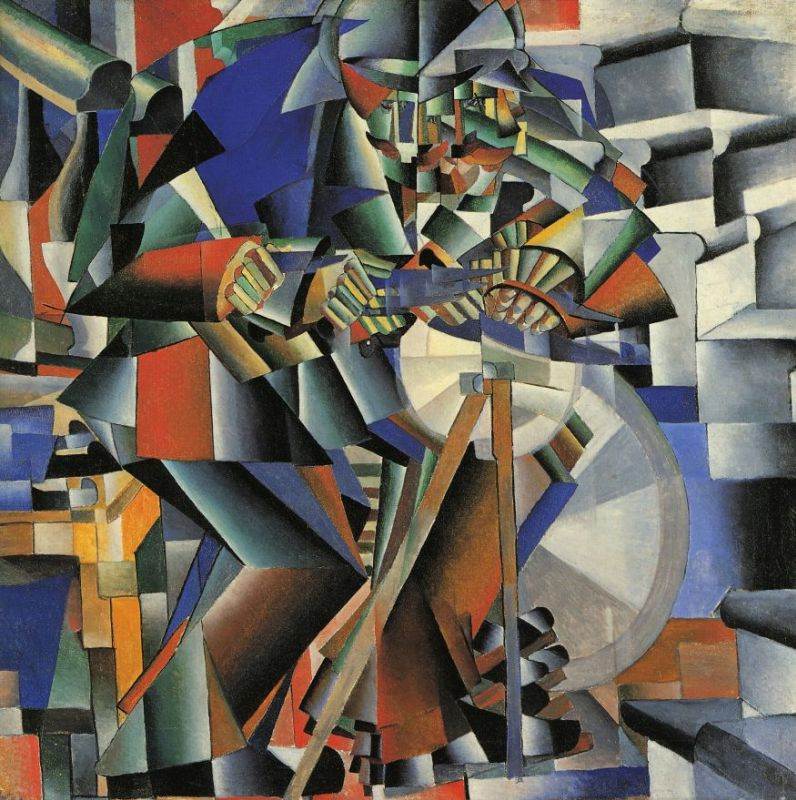
Cubo-Futurism. The Italian beginning
In Italy in 1909, and soon in France, the Futurist Manifesto was published, in which the poet Filippo Tommaso Marinetti glorified progress, industrial development and mechanization of production, as well as opposed obsolete social and cultural institutions. The ideas of the poet were supported by Milanese artists — first of all, Umberto Boccioni, as well as Gino Severini, Carlo Carra, Giacomo Balla, who believed that all this can and should be brought into modern fine art. Exploring the properties of space and movement, the Italian Futurists were certainly intent upon making "bituminous shades" and "nudes" things of the past. The dynamic sensation of a comprehensive forward movement was their new god whom art had begun to worship.
In 1914, Marinetti published his novel "Zang Tumb Tuuum", which described one of the episodes of the Balkan War — the history of the siege of the Turkish city of Adrianople by the Bulgarians, which he witnessed as a military journalist. In this work, the poet "did" without punctuation, syntax and adjectives, using only the infinitive form of verbs and symbols. The dynamism of the narrative was enhanced by the graphic solutions of the book, various fonts and their design — the distinctive techniques of Futurism. Photo Source
Russian Futurism
The movement of Russian Futurists began to develop almost simultaneously with the Italian one. In 1910, the first Futurist society arose, which included poets, writers and artists Velimir Khlebnikov, the Burliuk brothers, Vladimir Mayakovsky, Vasily Kamensky, Alexei Kruchyonykh and others. Khlebnikov called his comrades in the new art bydetlyany, which meant that they were people who would be. The participants of the movement in every possible way emphasized their independence from Italian futurism of Marinetti, flouted the old art, which featured "carrion, pessimism, philistinism and vulgarity". In 1910, the bydetlyany named themselves the Gileia (Hylaea) poetry group. In the same year, the group’s first almanac A Trap for Judges (Sadok Sudei) was issued. The book was printed in an edition limited to 300 copies in the St. Petersburg Zhuravl publishing house on… three kinds of wallpaper. David Burliuk wrote, "..we'll go through your whole life with fire and sword of literature: under your wallpaper, you had bugs and cockroaches, let our young, peppy poems live on them now."

The "Father of Russian Futurism" David Burliuk was a wonderful organizer who rallied interested artists and poets around him and was able to masterfully maintain internal relations among Futurists. Burliuk organized exhibitions, wrote manifestos, financially supported friends and was inexhaustible with the ideas of new actions. "Big stormy Burliuk bursts into life. He is wide and greedy. He needs to know everything, capture everything, eat everything up. A complex figure," wrote Alexei Kruchyonykh about him. Burliuk experimented constantly, he did not hesitate to change his artistic style, moving from impressionism to folk art, weaving cubic elements in his canvases and turning to primitivism. Later, having left Russia, the artist became the discoverer of new art in Japan, and later in the USA.
David Burliuk.
Summer
Ленивой лани ласки лепестков
Любви лучей лука
Листок летит лиловый лягунов
Лазурь легка
Ломаются летуньи листокрылы
Лепечут ЛОПАРИ ЛАЗОРЕВЫЕ ЛУН
Лилейные лукавствуют леилы
Лепотствует ленивый лгун
Ливан лысейший летний ларь ломая
Литавры лозами лить лапы левизну
Лог лексикон лак люди лая
Любовь лавины = латы льну.
1911

Olga Rozanova. "Spain"
Вульгарк ах бульваров
Варвары гусары
Вулье ара-бит
А рабы бар арапы
Тарк губят тара
Алжир сугубят
Ан и енно
Гиенно
Гитана.
Жиг и гит тела
Висжит тарантелла
Вира жирн рантье
Антиквар
Штара
Квартомас
Фантом
Илька негра метресса
Гримасы
Гремит
Гимн
Смерти






